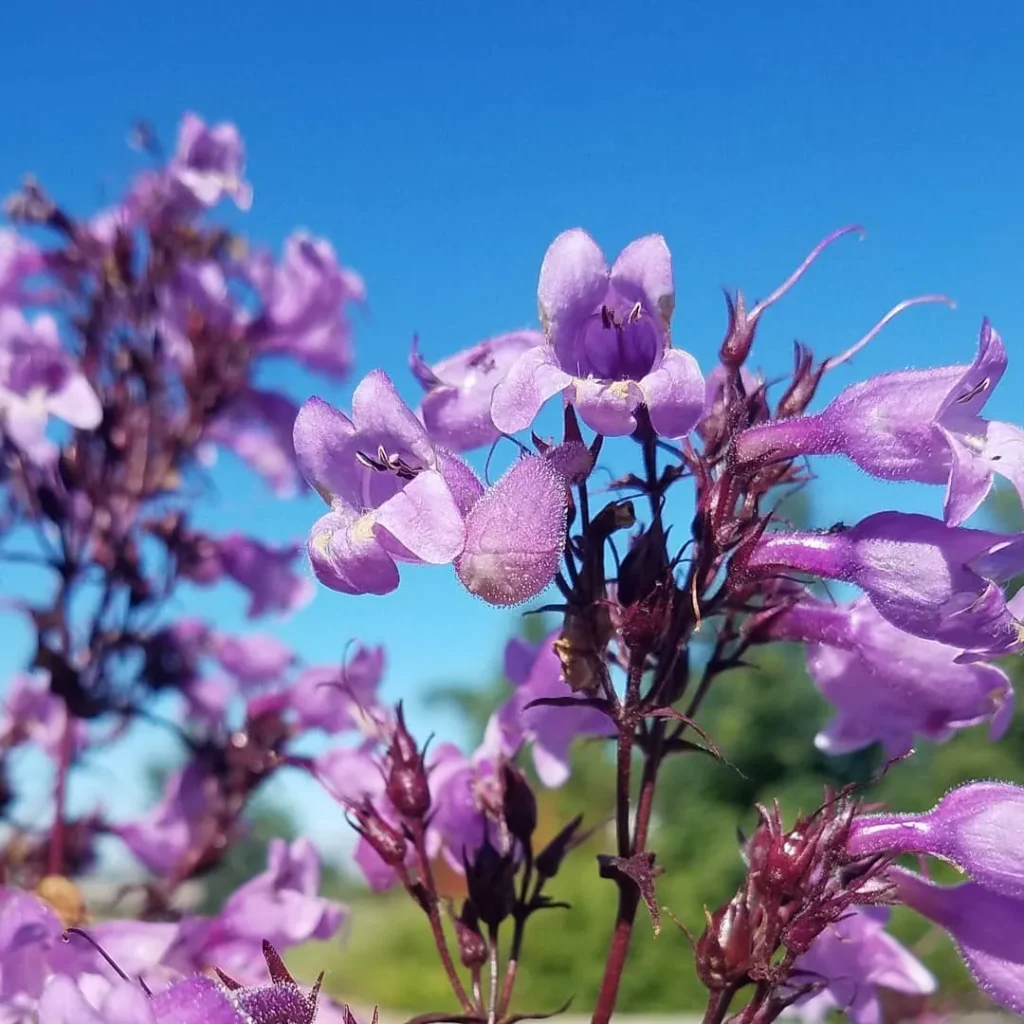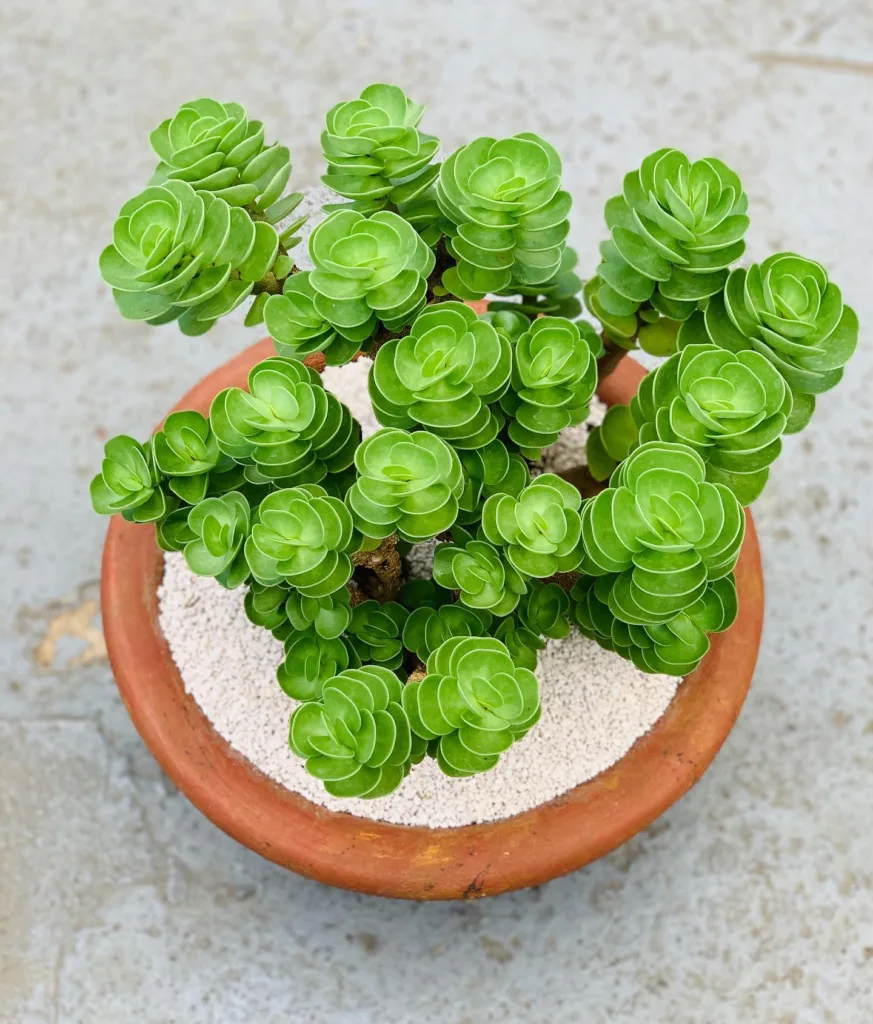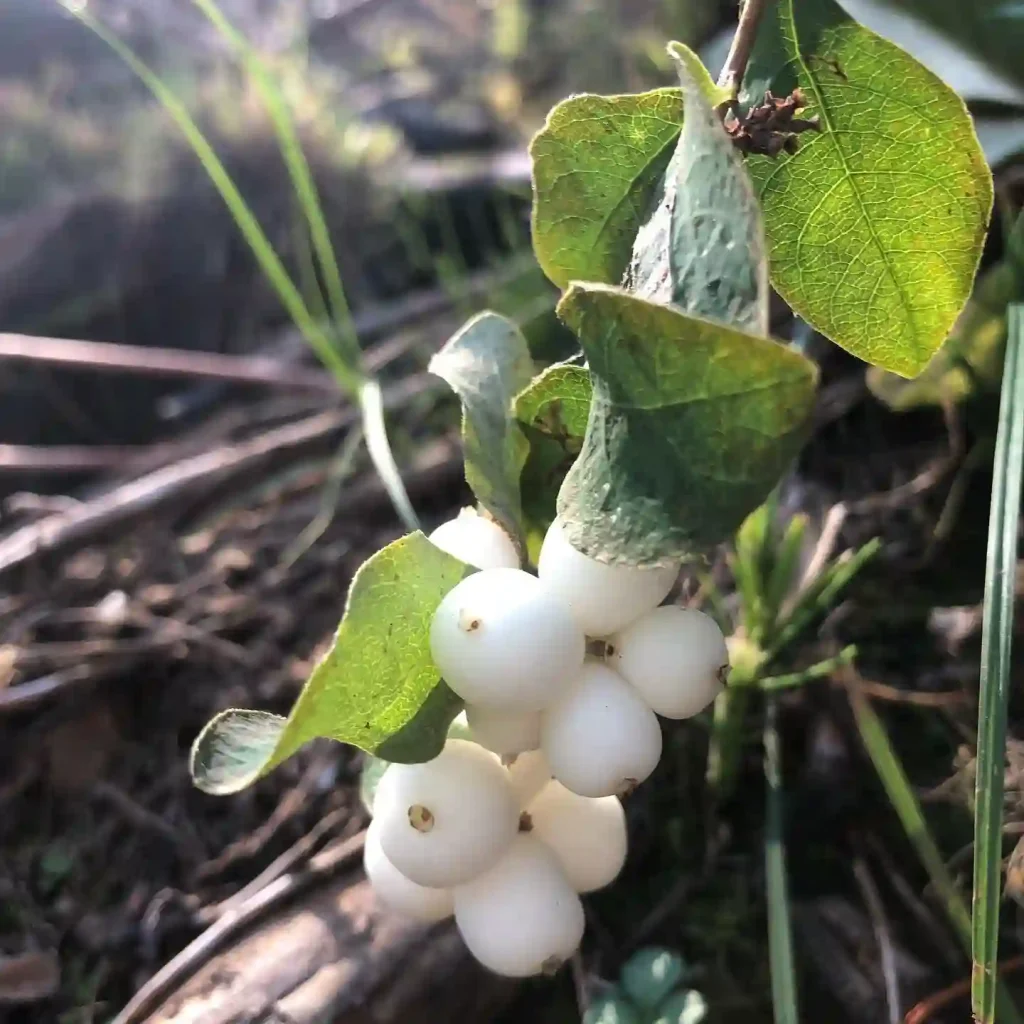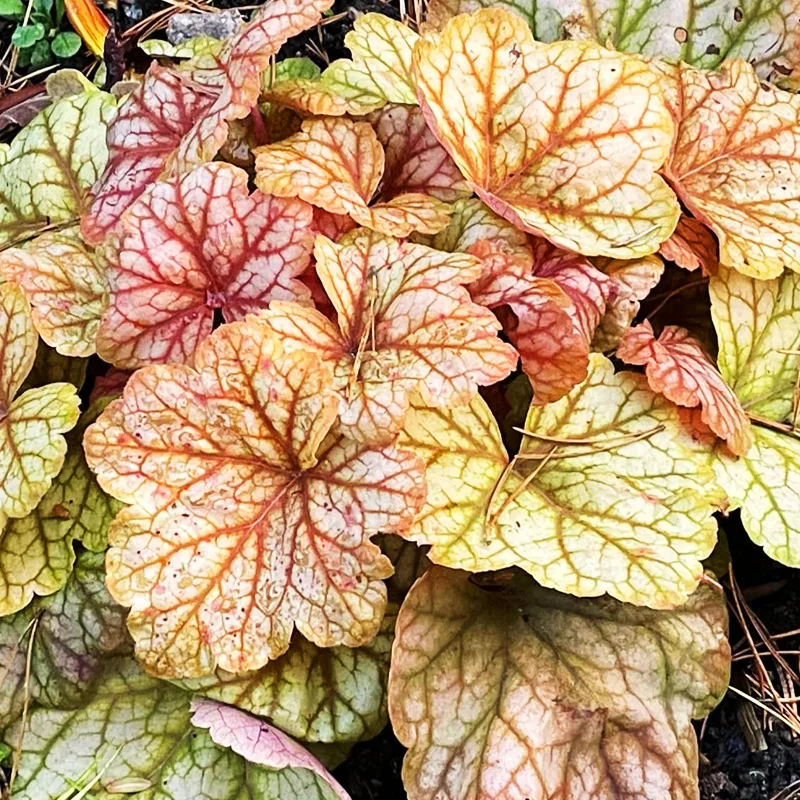August 13 – Coronilla
"Coronilla, the crown vetch, defines August 13."
Coronilla symbolizes modesty and harmony. You have a gentle, understated nature that brings balance and peace. Like its delicate flowers, your charm is subtle but enduring.
Coronilla: A Gardener’s Appreciation
I’ve always been drawn to the subtle beauty of wildflowers. There’s a certain charm to their unassuming nature, their ability to thrive in the most unexpected places. One genus that has particularly captured my attention is Coronilla. These lovely plants, with their delicate blooms and graceful forms, offer a unique appeal for any garden enthusiast.
Discovering Coronilla
My first encounter with Coronilla was purely accidental. While exploring a local nursery, a splash of vibrant yellow caught my eye. Nestled amongst the more flamboyant displays was a pot of Coronilla valentina, the scorpion vetch. The small, pea-like flowers clustered together in a crown-like formation, their cheerful color radiating warmth and joy. I was instantly smitten.
Since that day, I’ve made it my mission to learn more about this fascinating genus. Coronilla, a member of the Fabaceae family (legumes), is native to Europe and North Africa. The name itself, derived from the Latin “corona” meaning “crown,” perfectly describes the arrangement of its blossoms.
A Diverse Genus
While Coronilla valentina was my introduction to the genus, I soon discovered the diversity it holds. Here are:
- Coronilla varia (crown vetch): This vigorous grower boasts striking bicoloured flowers, typically a blend of pink and white. It’s a popular choice for ground cover and erosion control.
- Coronilla glauca (shrubby scorpion vetch): This evergreen shrub is prized for its fragrant, bright yellow flowers that bloom throughout winter and spring.
- Coronilla minima (least scorpion vetch): A low-growing species with dainty yellow flowers, perfect for rock gardens or edging borders.
- Coronilla coronata (crowned scorpion vetch): This species features creamy-yellow flowers and attractive foliage.
- Coronilla atlantica (Boiss. & Reut.) Boiss.
- Coronilla carinata (Lassen) D.D.Sokoloff
- Coronilla cretica L.
- Coronilla dura (Cav.) Boiss.
- Coronilla elegans Pančić
- Coronilla globosa Lam.
- Coronilla juncea L.
- Coronilla lassenii D.D.Sokoloff
- Coronilla libanotica Boiss.
- Coronilla montserratii P.Fraga & Rosselló
- Coronilla orientalis Mill.
- Coronilla ramosissima (Ball) Ball
- Coronilla repanda (Poir.) Guss.
- Coronilla rostrata Boiss. & Spruner
- Coronilla scorpioides (L.) W.D.J.Koch
- Coronilla securidaca L.
- Coronilla somalensis Thulin
- Coronilla talaverae Lahora & Sánchez-Gómez
- Coronilla vaginalis Lam.
- Coronilla valentina L.
- Coronilla viminalis Salisb.
Why I Love Coronilla
What is it about Coronilla that I find so appealing? Firstly, their beauty is undeniable. The delicate flowers, often in shades of yellow, pink, or white, bring a touch of elegance to any setting. Secondly, they are remarkably low-maintenance. These tough plants are drought-tolerant and can thrive in poor soils, making them ideal for busy gardeners like myself.
But it’s more than just their looks and ease of care. Coronilla also plays a vital role in the ecosystem. As legumes, they have the ability to fix nitrogen in the soil, improving its fertility. They are also valuable food sources for pollinators, attracting bees and butterflies to the garden.
Coronilla in My Garden
In my own garden, Coronilla has found a happy home. I’ve planted Coronilla varia along a slope to prevent erosion, its vibrant flowers creating a beautiful cascade of color. A pot of Coronilla glauca graces my patio, its sweet scent filling the air on warm days. And in my rock garden, Coronilla minima adds a touch of delicate charm.
Growing Coronilla has been a rewarding experience. These plants have not only enhanced the beauty of my garden but have also deepened my appreciation for the natural world. Their resilience, their beauty, and their ecological importance make them a true treasure. I encourage every gardener to explore the wonders of Coronilla and discover their own personal connection with these captivating plants.
If i die, water my plants!



